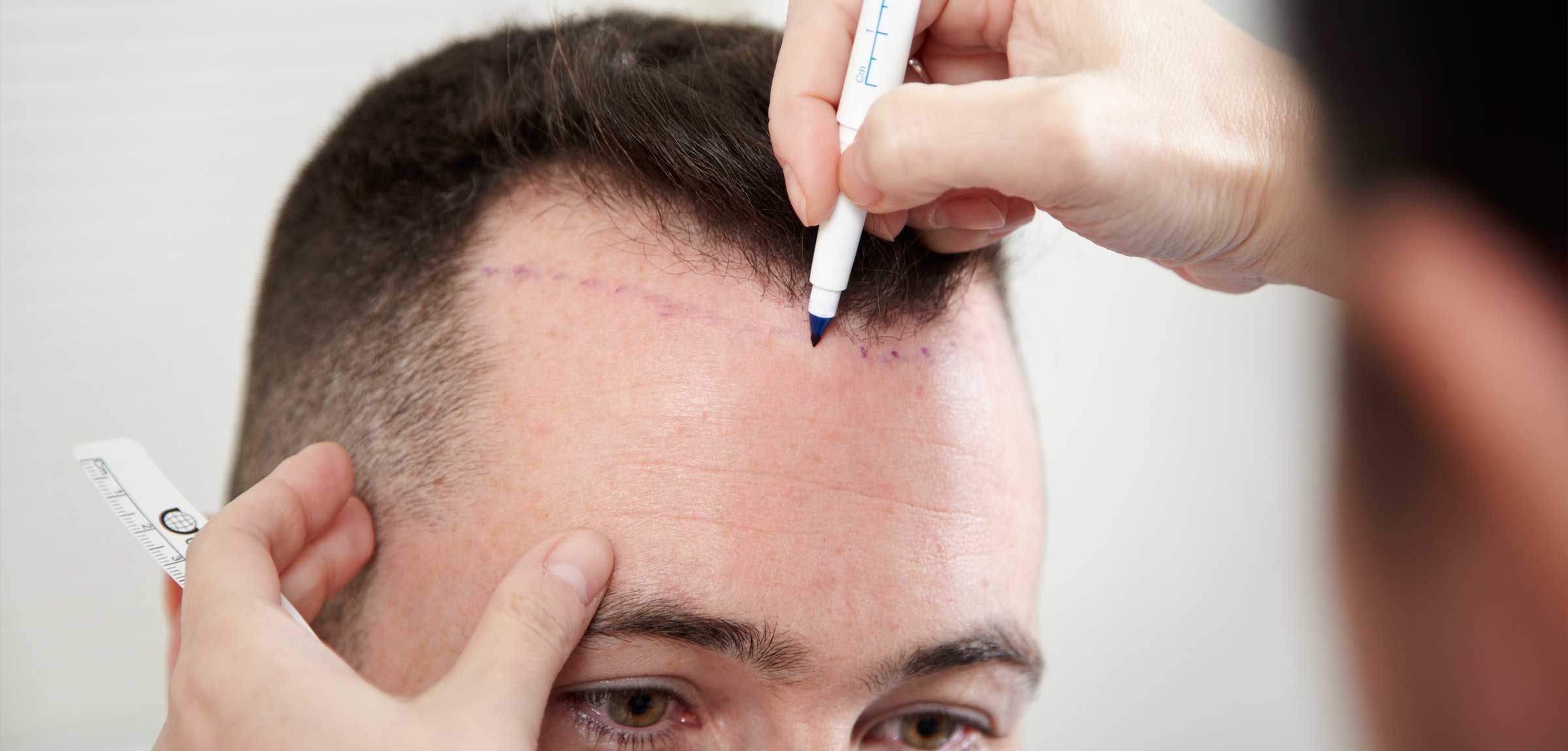What You Need to Know About the Healing Process Following Hair Transplant Procedure

Hair loss is a terrible health issue to deal with mainly because it triggers enhanced emotional distress. But thankfully, there’s a permanent solution to this problem, and it’s the hair transplant procedure.
FUE vs. DHI hair transplant methods
Hair transplant involves a surgical treatment in which hair gets transplanted from a donor site of the body which is usually the back or sides of the scalp to the recipient site which is the balding part of the head, including the areas with thinning hair. The FUE method is the preferred one among surgeons, and even the most experienced doctors choose the follicular unit extraction procedure. This involves opening the canals via the slit method or the percutaneous method as well. Besides the FUE method, doctors can sometimes also choose to go with the DHI which stands for Direct Hair Implantations. This method is used in some specific circumstances.
Healing process
I underwent the FUE hair transplant in Turkey procedure about a year and a half ago and I’ll detail the healing process a bit because it may be a bit confusing for patients. After it got the hair transplant intervention, the appearance of my scalp was one of a shell scalp. But this is common, and even if at first I was restless regarding the subject, eventually I learned that it’s all part of the healing process. Understanding the reasons for which the scabbing appears is crucial for a stress-less recovery.
After a hair transplant procedure, some liquid under the scalp is formed due to the edema. After such a trauma there will be some yellow fluid that will accumulate in the area, and this happens in all surgeries. This liquid is the lymph, and it’s all part of the healing process. A few days have to pass until the fluid gets evacuated from the scalp. I noticed some dryness and crusts on my scalp, but these were nothing but dead skin.
Supporting a faster recovery
The scalp has to be clear of all crusts, and I had to take care of it ten days after they appeared. First of all, the doctors recommended that I remove the scabs with the help of gentle massage of the scalp. I massaged my head with my fingertips with a special solution that my doctor gave me. This moistened the area, and the scabs were more comfortable to remove. After I finished the massage. I used to wash my head with a special shampoo that was also recommended by my doctor. All I had to do was to follow this process until me head was clear of all crusts.
It’s important to understand that the healing process does involve scabbing of the surface of your scalp, but everything will go away in a few days. After that, all you have to do is arm yourself with a lot of patience because the final results of such a hair transplant procedure take about a year to be fully visible. But the final results are worth the waiting.
0 comments